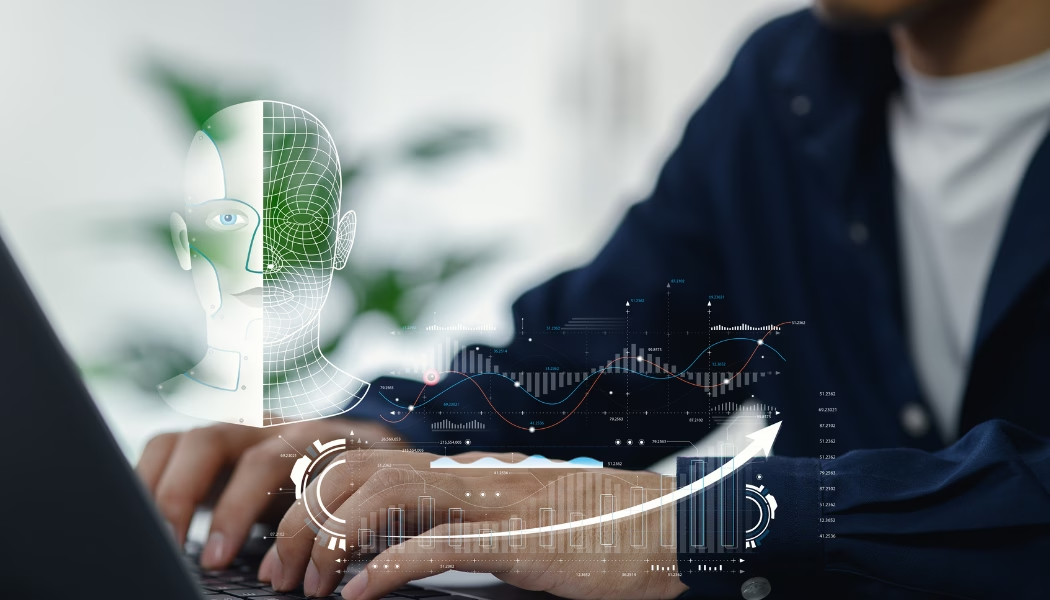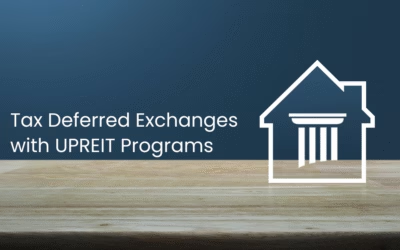Stock prices and corporate earning expectations have disconnected. Now, no price is too high to pay for access to this new AI playing field. The mega cap stocks primarily involved in the AI buildout trade at a Price to Earning (P/E) ratio of 35x. This means you’re paying for the next 35 years of expected earnings! The remaining stocks trade at a more reasonable 21x, yet investors’ appetite for risk has created a blinder to them. Investors seem focused on increasing future growth potential, and at any price.
Once something comes along to challenge the thesis behind all this spending on the buildout, and one of the large players pulls back, risk appetite will cease and these valuations will no longer be supported. Then we see how many billions of dollars have been wasted betting on A.I. and how many companies tied to that model will die. Once the music stops you don’t want to be left standing with high concentrations of these assets. Everyone playing musical chairs will look for a place to land. This is how manias end. No one knows when this will happen. But we know it ultimately will.
The good news is that markets are heading into their most resilient and consistent quarter for returns.
For almost the last 100 years, the S&P 500 has risen 74% of the time in the fourth quarter. Additionally, when the market is positive for the first nine months, it has increased 88% of the time. So, seasonality is on your side for the remainder of the year.
The resiliency of the US consumer is also a big positive. If employment numbers hold, consumers should be able to absorb the coming pass-thru of tariff costs. These higher prices also set the stage for a resurgence of inflation.
Speaking of tariffs (and the lack of inflation associated with them to date), companies have thus far absorbed most of the impact. Many front-loaded inventories trying to sidestep tariffs. Going forward as inventories need to be restocked, retail prices will go up. If the Federal Reserve continues lowering interest rates into an inflationary cycle, inflation numbers could climb in the coming quarters.
The bottom line is that we are in an A.I. driven asset bubble which may continue for a few more quarters, driving stock prices and associated risks up even further.
If the U.S. consumer is willing to pay more of the tariff costs that companies will be passing along, we will see inflation increase. The Fed may be forced to change course at some point with interest rate increases as opposed to decreases. The entire investment backdrop would then change, along with economic activity and economic growth.
There is still time and seasonality on our side before these issues may come to the surface, causing a reset of just how much risk investors tolerate. The sand is running out of the bottle while the music keeps playing. For now, keep listening while keeping an ever-present eye to anything that could be a threat to your well-being.
We are acutely aware of where markets stand and what is most likely ahead once the music stops. Significant investor losses often come from sitting still while frozen by what’s happening. If you would like some feedback and recommendations on your financial situation, contact us.




